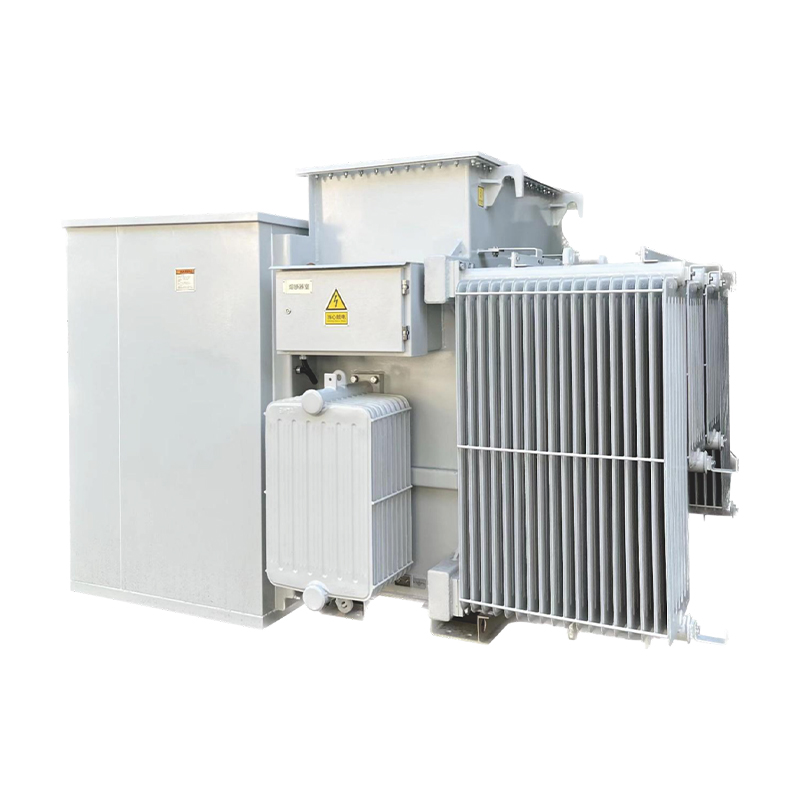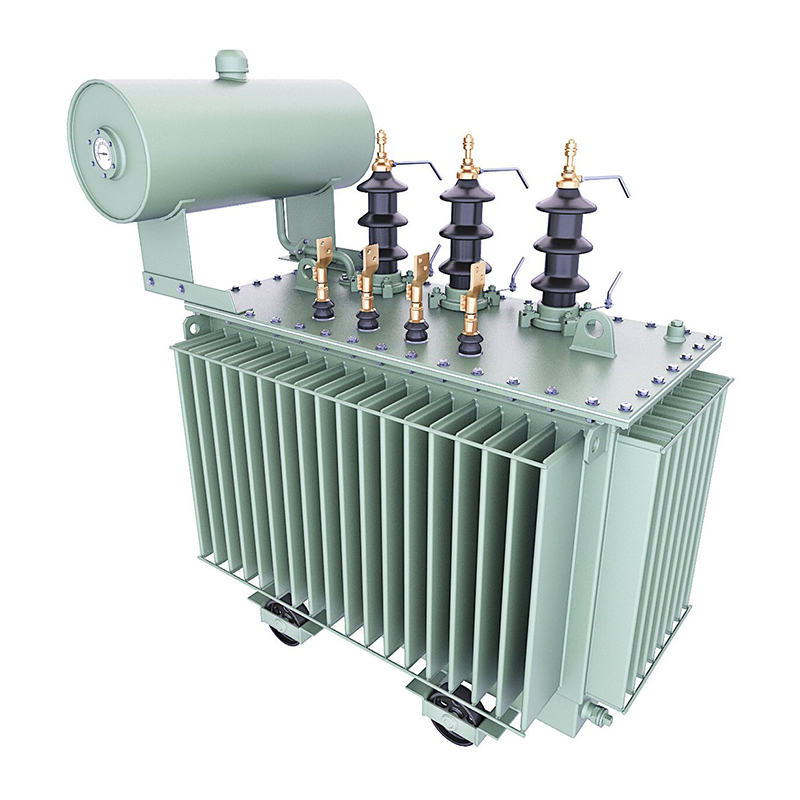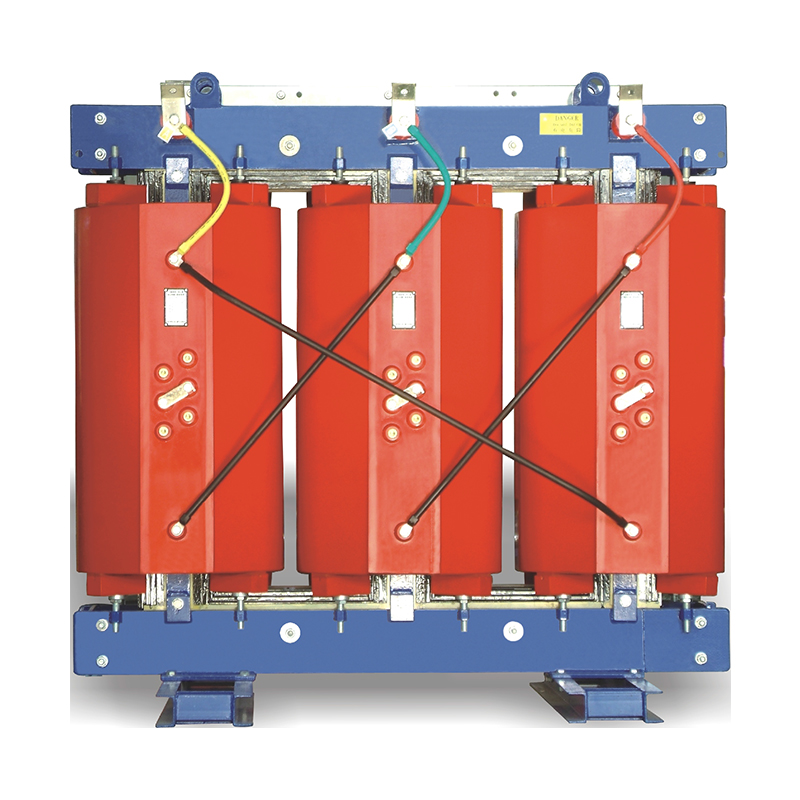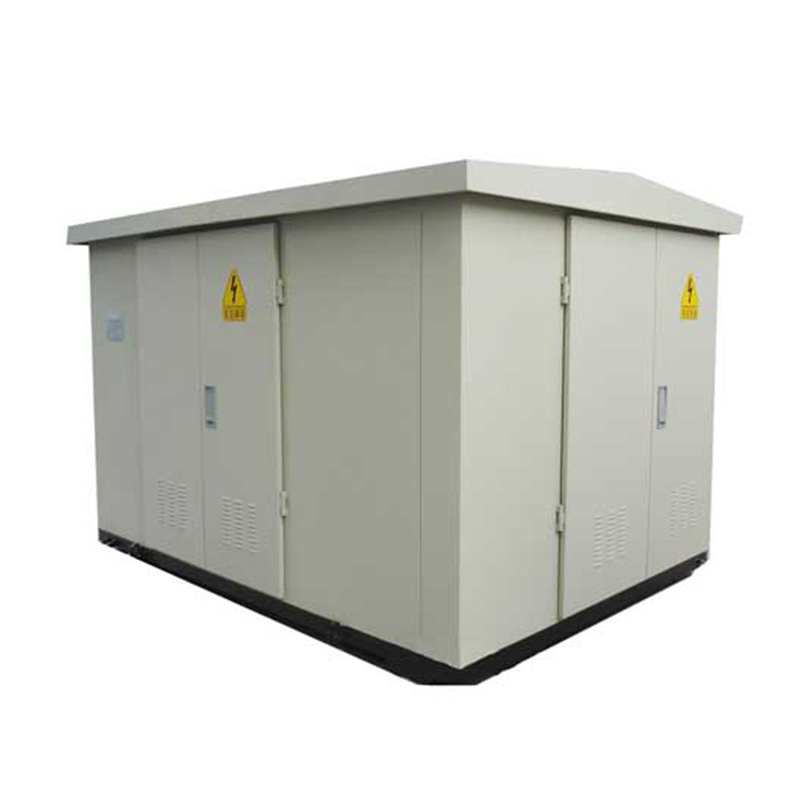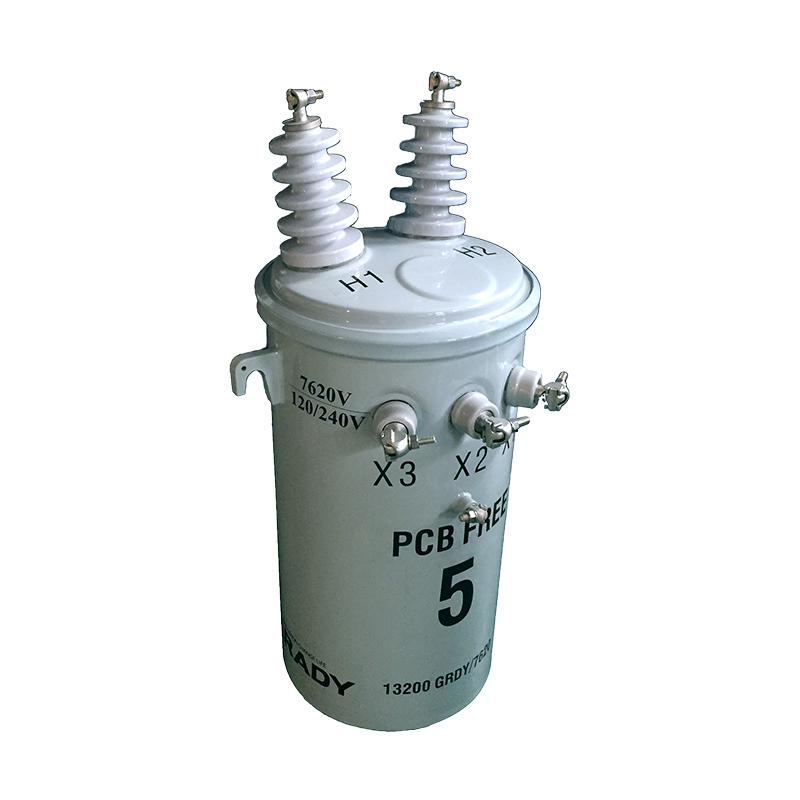Smart
power transformers represent a pivotal evolution in power grid infrastructure, integrating advanced sensing, communication, and data analytics to enable real-time monitoring, adaptive control, and predictive maintenance. Unlike traditional transformers, which operate as passive components, smart transformers act as "intelligent nodes" in modern power systems, enhancing reliability, efficiency, and resilience. At the core of their functionality lie three interrelated technologies:
sensors for data acquisition,
Internet of Things (IoT) for connectivity and data transmission, and
big data analytics for insights and decision-making. This article explores how these technologies synergize to redefine transformer performance and grid management.
Sensors serve as the "nervous system" of smart power transformers, capturing critical operational parameters to enable condition monitoring and performance optimization. Their role is to convert physical or electrical phenomena (e.g., temperature, vibration, oil quality) into measurable signals, forming the basis of data-driven intelligence.
Temperature Sensors:
Temperature is a key indicator of transformer health, as overheating often precedes failures in windings, cores, or insulation. Fiber Bragg Grating (FBG) sensors are widely adopted for their high accuracy (±0.5°C) and immunity to electromagnetic interference (EMI)—a critical feature in high-voltage environments. These sensors are embedded in windings or placed near core components to monitor hotspots. Additionally, resistance temperature detectors (RTDs) and thermocouples are used for measuring ambient and oil temperatures, providing a comprehensive thermal profile.
Vibration and Acoustic Sensors:
Mechanical faults, such as loose windings or core deformation, generate abnormal vibrations and acoustic emissions. Accelerometers and piezoelectric sensors detect vibration frequencies (typically 10–1000 Hz) to identify issues like winding displacement or core loosening. Acoustic sensors, including microphones and ultrasonic detectors, monitor sound patterns; deviations from baseline noise (e.g., increased humming) signal potential insulation breakdown or partial discharge (PD).
Oil Quality Sensors:
Transformer oil serves as both coolant and insulator, and its degradation correlates with internal faults. Sensors measure parameters such as moisture content (using capacitive sensors), acidity (pH sensors), and dissolved gas concentrations (via gas chromatography or metal-oxide semiconductors). For example, elevated levels of hydrogen (H₂) or acetylene (C₂H₂) in oil indicate arcing or overheating in windings.
Electrical Parameter Sensors:
Current transformers (CTs) and voltage transformers (VTs) monitor load currents, voltages, and power factors. Advanced Rogowski coils offer non-intrusive current measurement with wide bandwidth, ideal for capturing transient currents during faults. Smart sensors also track insulation resistance and dielectric strength, providing early warnings of insulation degradation.
Miniaturization and Durability: Sensors must withstand harsh conditions (temperatures up to 150°C, high voltage, and chemical exposure to oil). Materials like ceramic or high-temperature polymers are used to ensure longevity.
EMI Immunity: High-voltage environments generate electromagnetic noise, requiring sensors with shielding or optical-based technologies (e.g., FBGs) to maintain signal integrity.
Power Supply: Wireless sensors often rely on energy harvesting (e.g., from thermal gradients or vibration) to avoid battery replacement in hard-to-reach locations.
IoT technologies transform isolated transformers into interconnected nodes, enabling seamless data transmission, remote control, and integration with broader grid management systems. This connectivity is critical for real-time decision-making and predictive maintenance.
Wireless Protocols:
LoRaWAN: Ideal for long-range (up to 10 km) communication with low power consumption, suitable for rural or distributed transformer networks.
Wi-Fi and Bluetooth: Used for short-range, high-data-rate transmission in urban areas or substations, enabling rapid transfer of vibration or acoustic data.
5G/6G: Emerging as a backbone for ultra-reliable low-latency communication (URLLC), supporting real-time control of transformers in smart grids with high renewable energy penetration.
Wired Protocols:
Ethernet/IP: Provides high-speed, secure communication within substations, integrating transformer data with SCADA (Supervisory Control and Data Acquisition) systems.
MODBUS and DNP3: Legacy protocols adapted for industrial use, facilitating data exchange between sensors, local controllers, and cloud platforms.
Data from sensors is aggregated at an IoT gateway—a localized device that processes raw data, filters noise, and compresses information before transmission. Edge computing at the gateway reduces latency by performing real-time analytics (e.g., detecting sudden temperature spikes) without relying on cloud servers. This is critical for time-sensitive applications, such as tripping circuit breakers during faults.
As connectivity increases, so does vulnerability to cyberattacks. Measures include:
Encryption: Securing data in transit (e.g., using TLS 1.3) and at rest (AES-256 encryption).
Intrusion Detection Systems (IDS): Monitoring network traffic for anomalies, such as unauthorized access attempts or malicious firmware updates.
Zero-Trust Architecture: Verifying every device (sensors, gateways) before granting network access, minimizing attack surfaces.
The vast volume of data generated by sensors (terabytes per transformer annually) requires advanced analytics to transform raw information into actionable insights. Big data technologies enable predictive maintenance, efficiency optimization, and grid integration.
Data Collection: Raw data (temperature, vibration, oil quality) is streamed from sensors to cloud platforms (e.g., AWS IoT Core, Microsoft Azure IoT) or on-premises data lakes.
Data Preprocessing: Techniques like normalization, outlier removal, and feature extraction (e.g., converting vibration signals into frequency spectra) clean and structure data for analysis.
Storage: Distributed databases (e.g., Apache Hadoop, Cassandra) handle large datasets, while time-series databases (InfluxDB, TimescaleDB) optimize storage for temporal data (e.g., hourly temperature trends).
Predictive Maintenance:
Machine learning (ML) models, such as random forests or LSTM neural networks, analyze historical data to predict failures. For example, a model trained on 5 years of temperature and oil quality data can forecast insulation degradation with 85–90% accuracy, enabling proactive replacement of components before failures occur.
Anomaly Detection:
Unsupervised learning algorithms (e.g., autoencoders) establish baseline operational patterns. Deviations—such as a sudden increase in vibration frequency or unexpected gas emissions—trigger alerts for further inspection.
Efficiency Optimization:
Big data analytics correlate load patterns, ambient temperatures, and transformer losses to optimize operation. For instance, ML models can adjust tap changers dynamically to minimize no-load losses during low-demand periods, reducing energy consumption by 5–10% annually.
Grid Integration:
In grids with high renewable energy (solar, wind), smart transformers use real-time data on voltage fluctuations and power flows to stabilize grid frequency. Analytics platforms predict load spikes and adjust transformer output accordingly, preventing overloads and blackouts.
Data Velocity and Volume: Real-time processing of high-frequency sensor data (e.g., 1000 samples/second for vibration) requires high-performance computing (HPC) and parallel processing frameworks (Apache Spark).
Data Quality: Missing or noisy data (due to sensor malfunctions) can skew analytics. Techniques like data imputation and sensor fusion (combining data from multiple sensors) mitigate this issue.
Interoperability: Data from diverse sensors and manufacturers must be standardized (using protocols like IEC 61850) to ensure compatibility across analytics platforms.
The true power of smart transformers lies in the integration of sensors, IoT, and big data. Here’s how they work together:
Sensors capture real-time data on temperature, vibration, and electrical parameters.
IoT gateways aggregate and transmit data securely to cloud or edge platforms.
Big data analytics identify patterns, predict failures, and optimize performance.
Actionable insights are fed back to the transformer (e.g., adjusting cooling systems) or to grid operators via SCADA, enabling adaptive control.
For example, during a heatwave, FBG sensors detect rising winding temperatures. IoT modules transmit this data to an edge gateway, which triggers a real-time alert. Big data algorithms then analyze historical heatwave data to predict if the transformer will exceed safe limits, prompting the grid operator to reduce load or activate auxiliary cooling—preventing a potential outage.
The evolution of smart transformers is driven by advancements in sensor miniaturization, 5G/6G connectivity, and AI-powered analytics. Emerging trends include:
Self-healing Transformers: Combining sensors, IoT, and AI to autonomously detect and mitigate faults (e.g., isolating a faulty winding segment).
Digital Twins: Virtual replicas of transformers that simulate performance under varying conditions, enabling pre-emptive adjustments without disrupting operations.
Carbon Footprint Monitoring: Sensors and analytics track energy efficiency and emissions, aligning with global net-zero goals.
In conclusion, sensors, IoT, and big data are the cornerstones of smart power transformers, enabling a shift from reactive to proactive grid management. By enhancing reliability, reducing downtime, and optimizing energy use, these technologies play a critical role in building resilient, sustainable power systems for the future. As renewable energy integration and electrification accelerate, the demand for smart transformers will only grow, making their underlying technologies indispensable to modern grid infrastructure.





